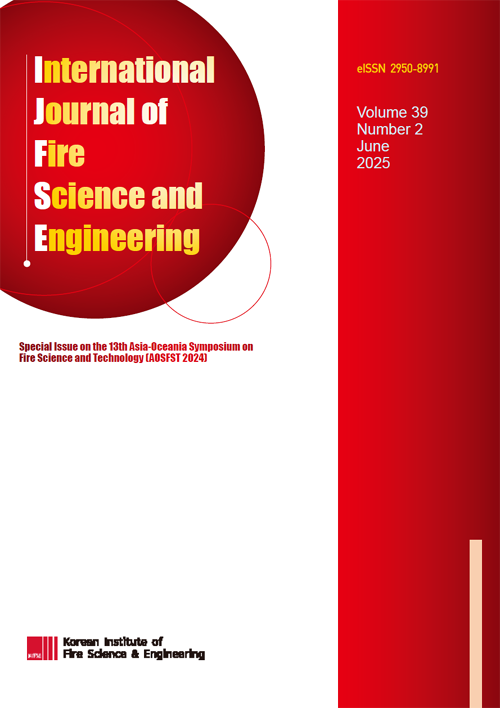Heaters are the second most common cause of house fires that result in fatalities in Japan. Thus, this study focuses on kerosene heater fires. Evidently, when gasoline is mixed with kerosene, its flash point drops, and the risk of fire increases, as gasoline is highly flammable. We studied fuel overflow fires caused by gasoline misfueling, which can occur with kerosene heaters. Such misfueling fires occur mainly during the winter season every year. The aims of this study are as follows: (1) to propose a method for reconstructing a fire caused by fuel overflow due to the misfueling of gasoline, and (2) to contribute to fire investigation methods for use with similar cases. We clarified the mechanism of fuel overflow from the kerosene heater caused by gasoline misfueling and developed initial fire source models that could be used for an in silico fire dynamics simulator (FDS) for kerosene heaters by conducting overflow fuel fire experiments using a single kerosene heater. Additionally, a house fire experiment initiated by a misfueled kerosene heater fire was conducted, and a house fire experiment was simulated using a spatiotemporal FDS. The fire development and spread according to the simulation results agreed well with the experimental results.




